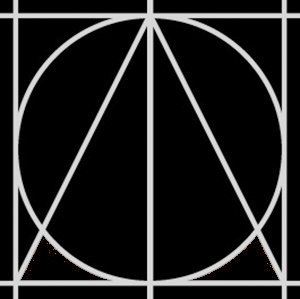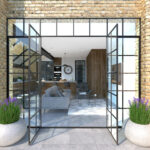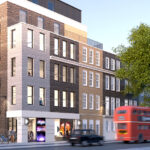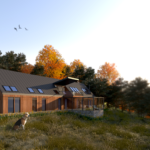The Significance of “Verified Views” in Architectural Design and Planning Applications
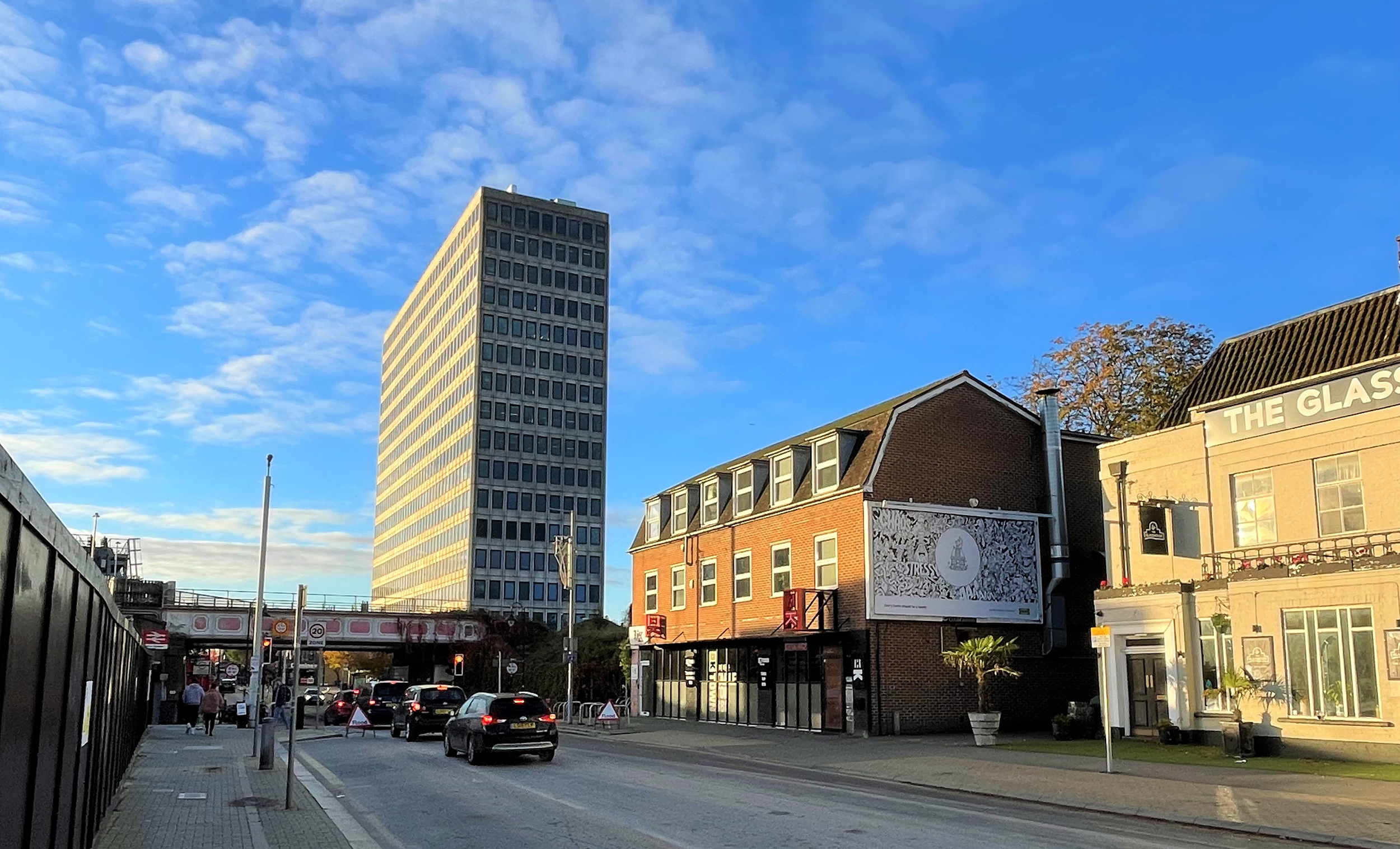
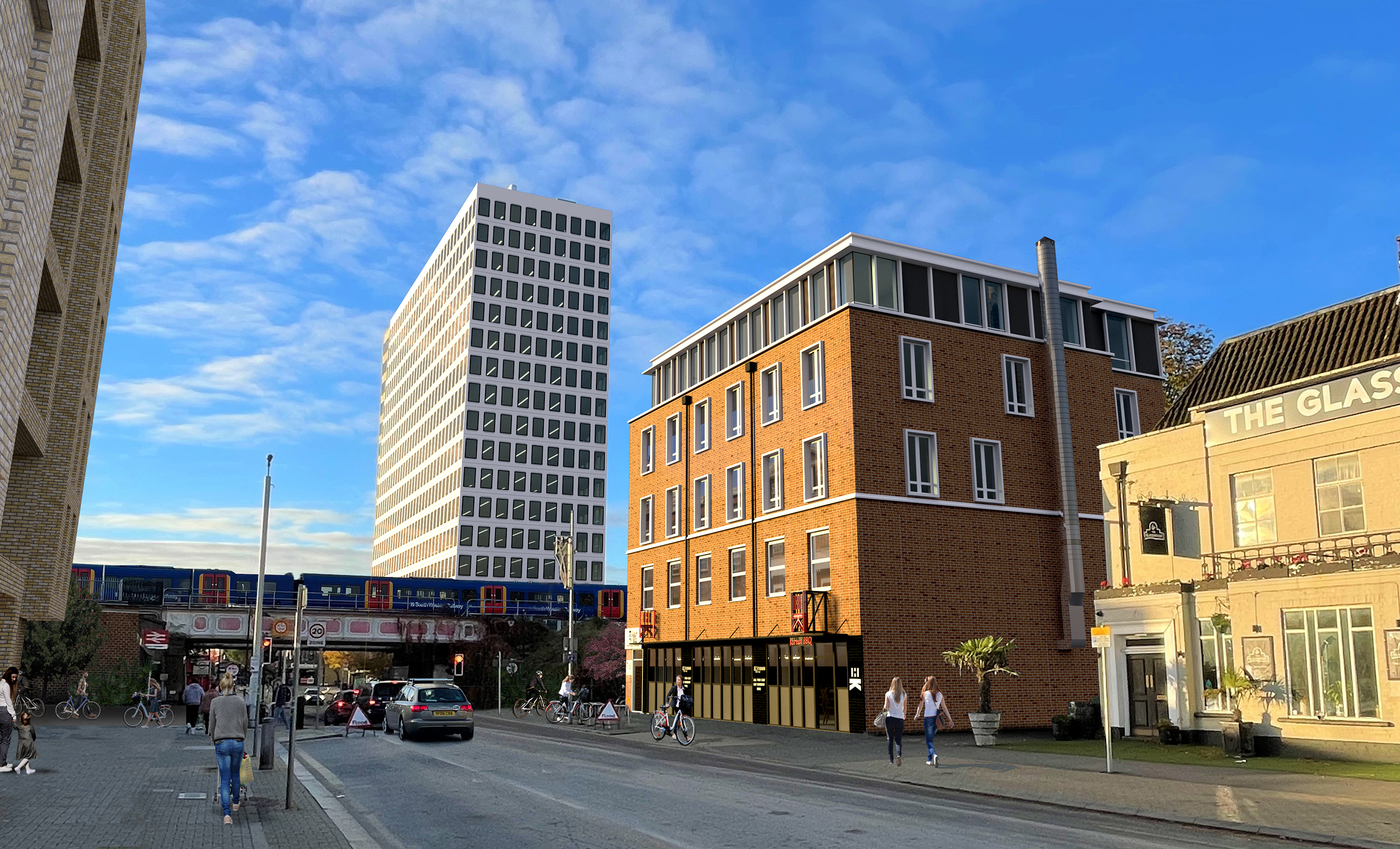
The concept of verified views in the UK has emerged as a powerful tool that transcends traditional visualizations. Offering a level of accuracy and reliability, verified views play a pivotal role in facilitating transparent communication, fostering community engagement, and securing approvals for architectural projects.
At its core, a verified view is not just a simple rendering; it’s a meticulously crafted representation that aligns with specific viewpoints and is validated through real-world data. This process involves capturing photographs of existing locations from designated vantage points and superimposing the proposed architectural design onto these images. The result is a visual amalgamation that provides an authentic preview of how the structure will interact with its surroundings.
The impact of verified views on planning applications in the UK is profound. To begin with, they elevate transparency and authenticity. By presenting an accurate depiction of how a design will fit within its environment, verified views enable stakeholders, including residents, local authorities, and investors, to make informed assessments. This fosters trust and minimizes misconceptions that may arise from generic or artistically stylized representations.
Moreover, the concept of verified views addresses the challenges of skepticism that sometimes surround architectural proposals. The ability to showcase an authentic representation, backed by photographic evidence, lends credibility to the project and the architect’s vision. It diminishes doubts and enables viewers to visualize the actual impact of the design on their everyday surroundings.
In the realm of community engagement, verified views are an invaluable asset. Involving residents and neighbors in the planning process is crucial for obtaining their support and addressing concerns. By presenting realistic visualizations of the intended project, architects can facilitate more meaningful discussions and feedback. This proactive approach encourages a sense of shared ownership and reduces resistance to change.
From a regulatory standpoint, verified views streamline the planning application process in the UK. Accurate depictions of the proposed project help authorities assess its compliance with zoning regulations, height restrictions, and aesthetic guidelines. This eliminates ambiguities and accelerates the decision-making process, leading to faster approvals.
In conclusion, the emergence of verified views as a standard in architectural design and planning applications signifies a paradigm shift in communication and transparency. As the built environment continues to evolve, this approach offers a way to bridge the gap between conceptual designs and real-world implementations. By embracing verified views, architects can pave the way for more successful planning applications, community acceptance, and ultimately, well-integrated and harmonious architectural projects.
Denizhan Olmez
Director-AD ArchViz

